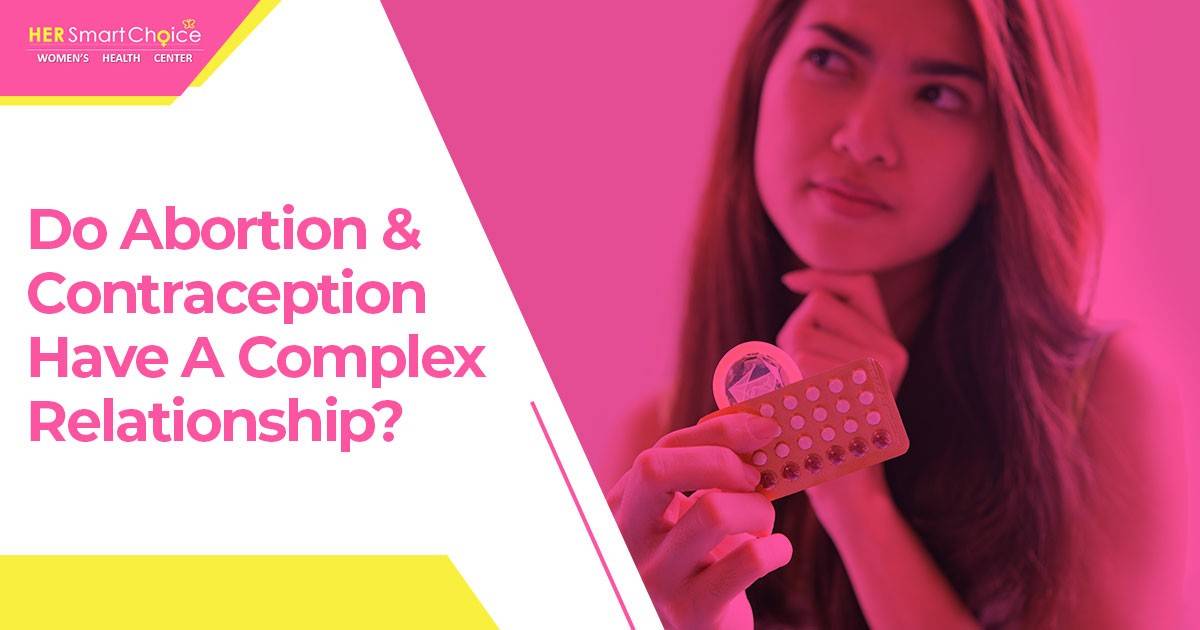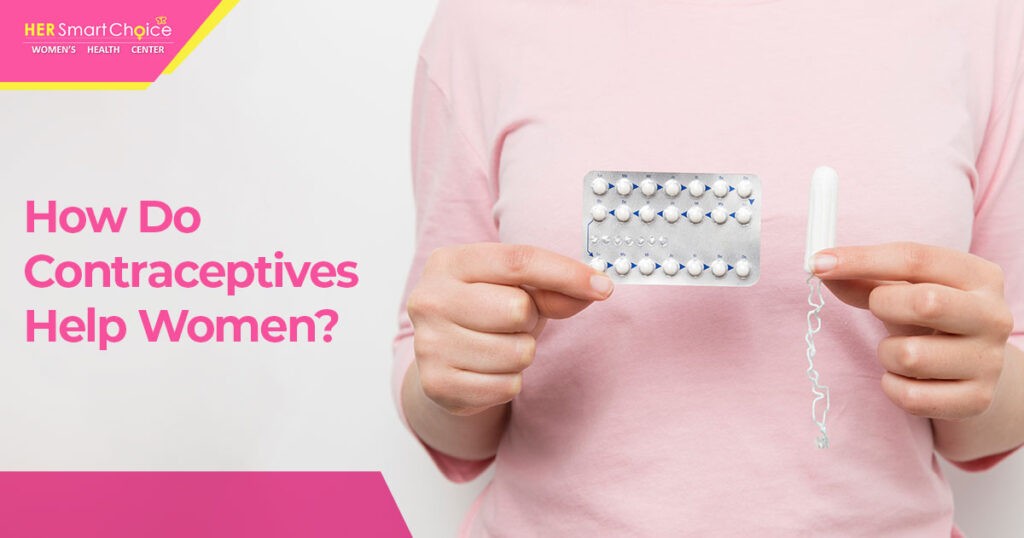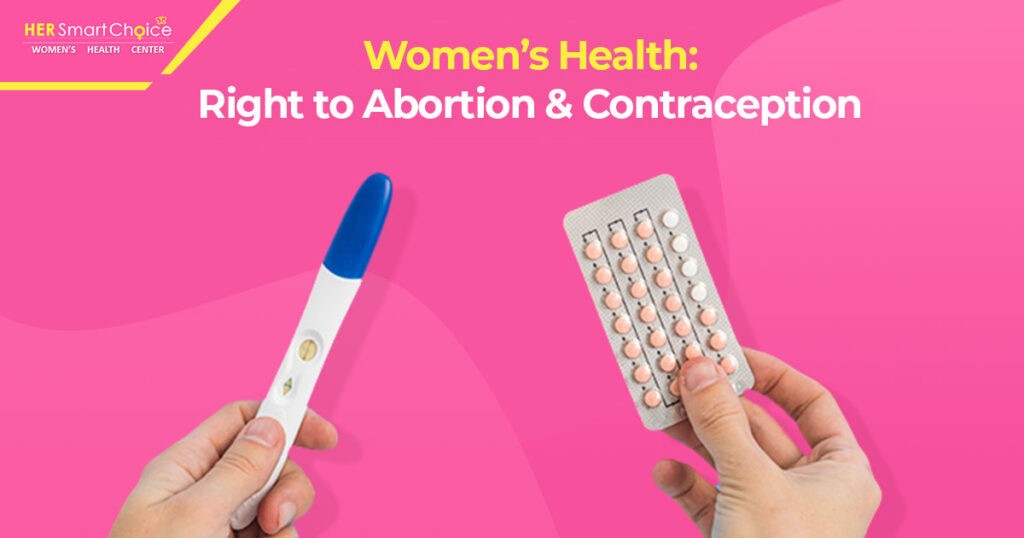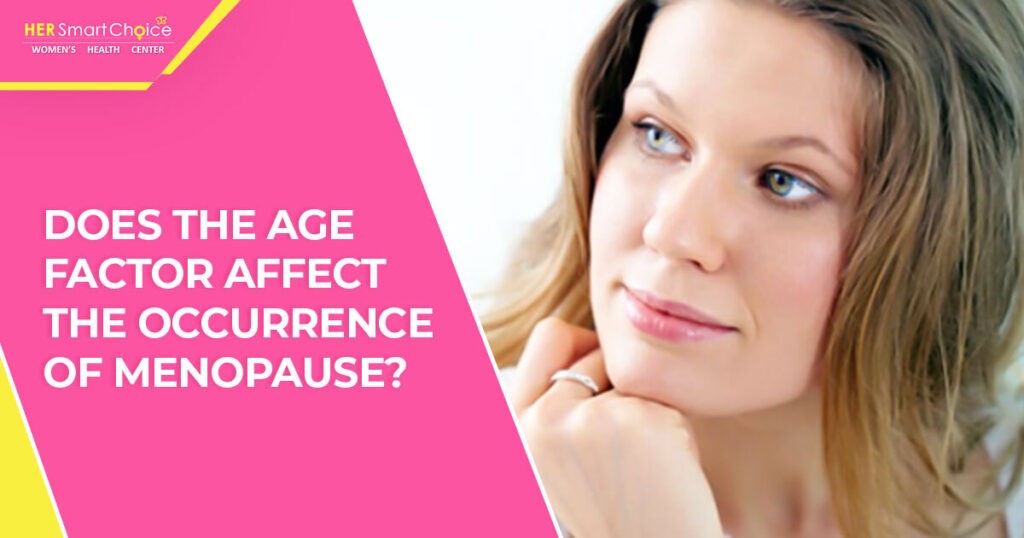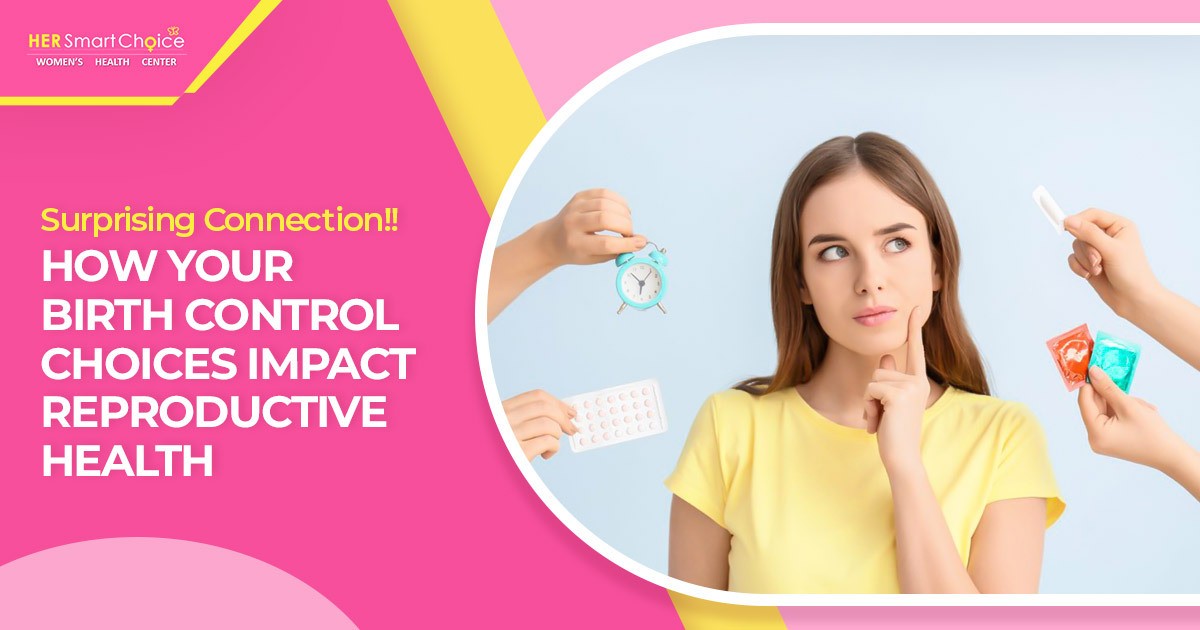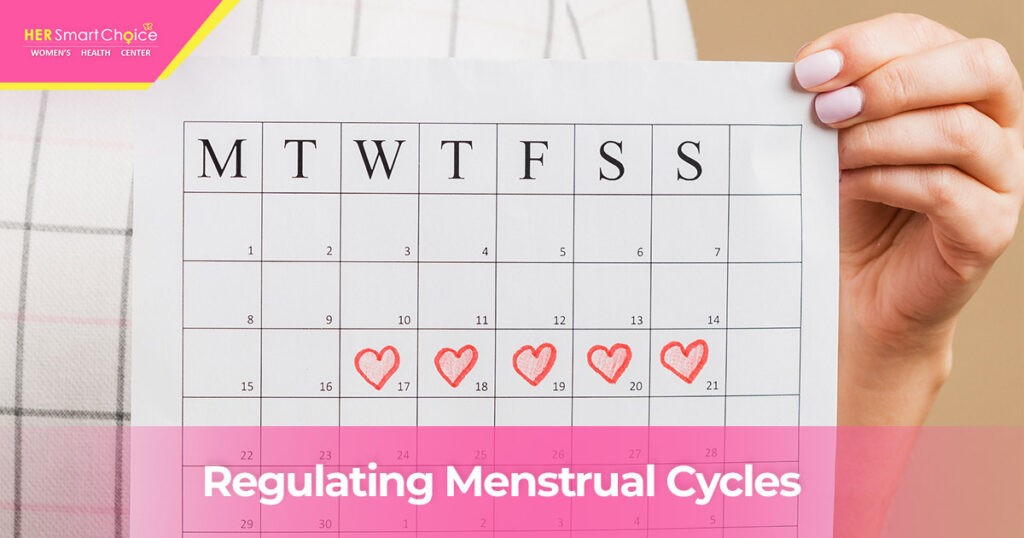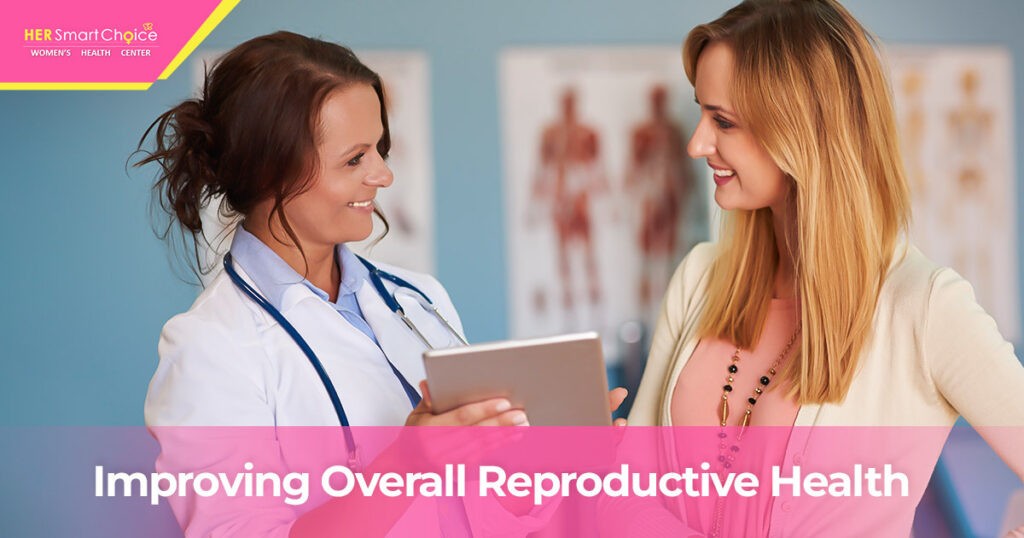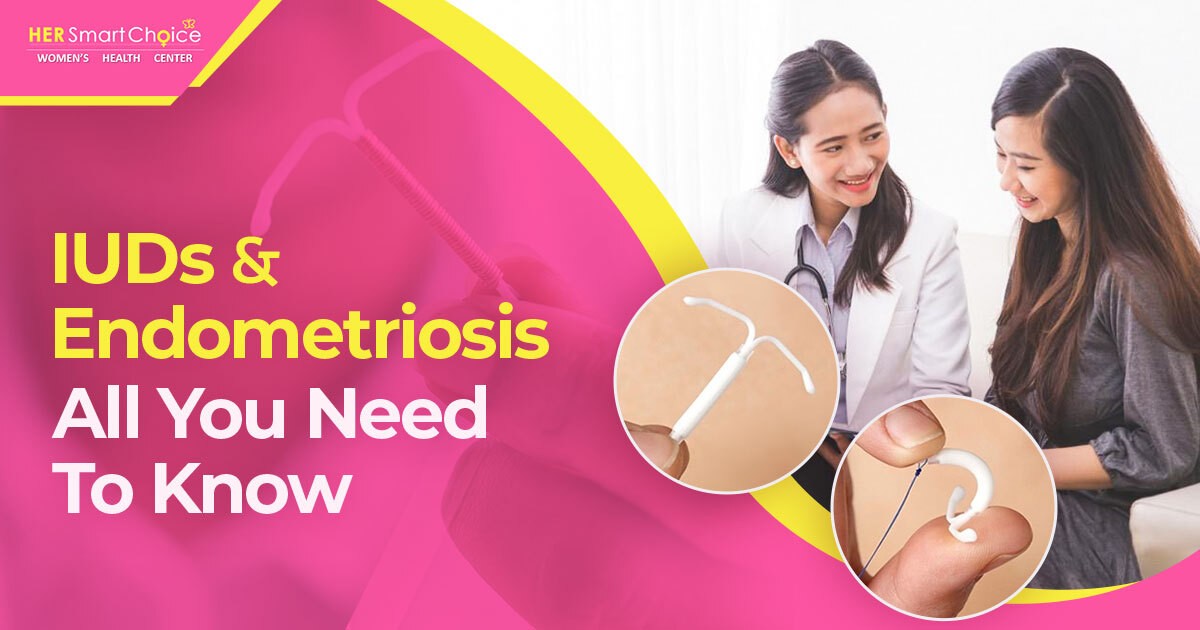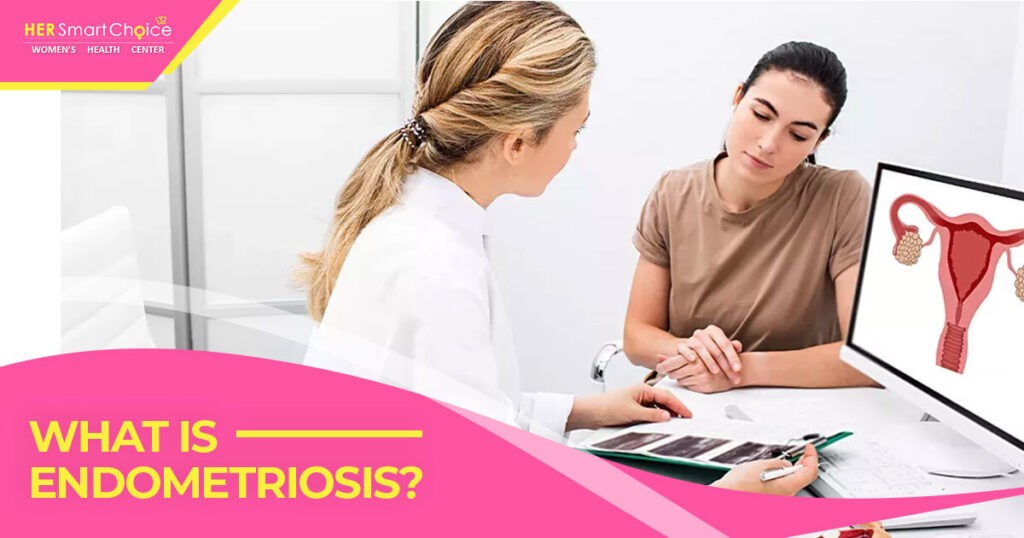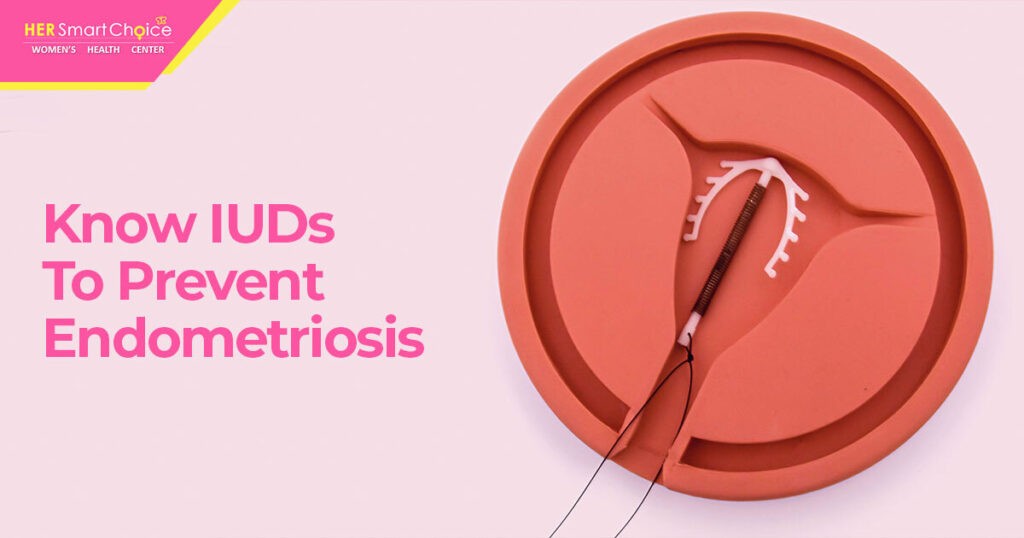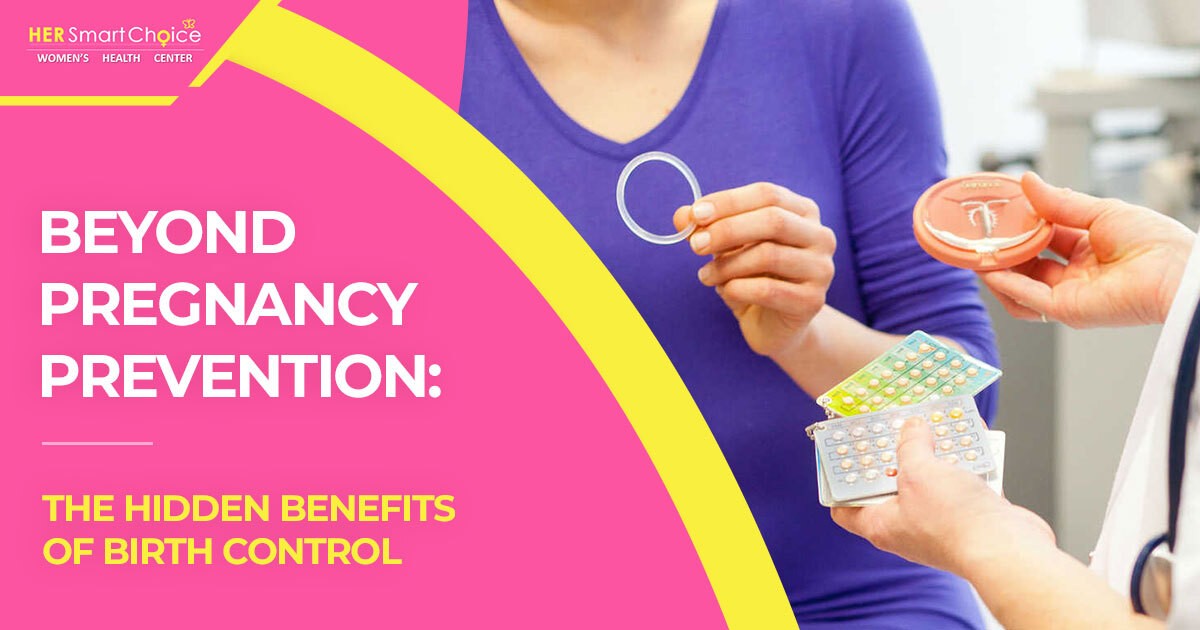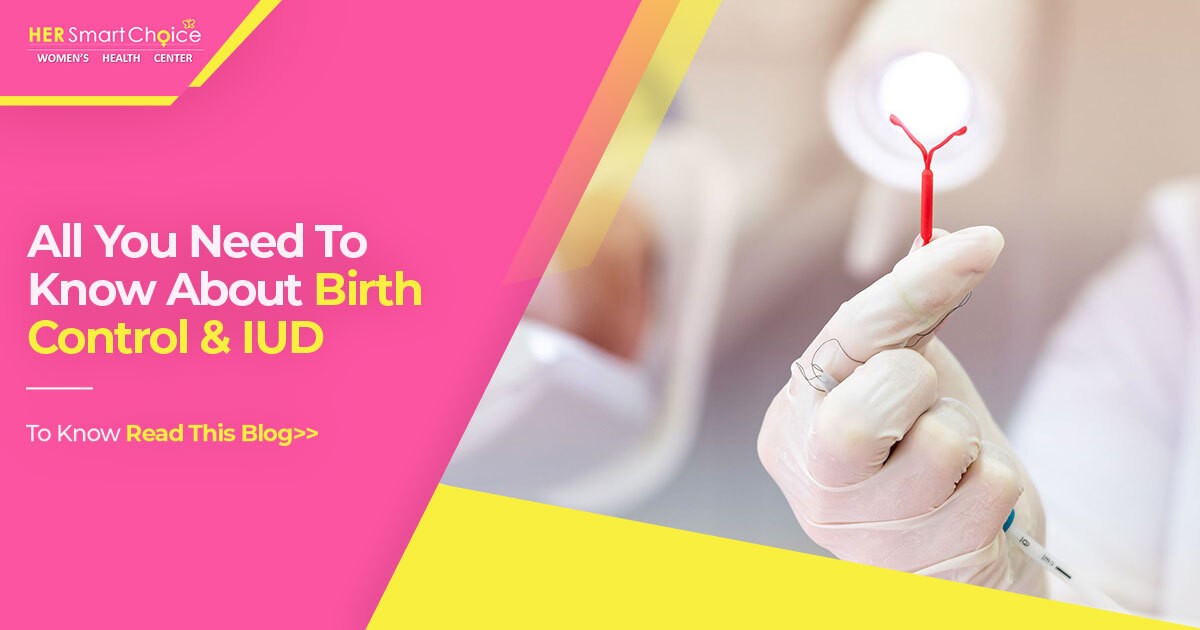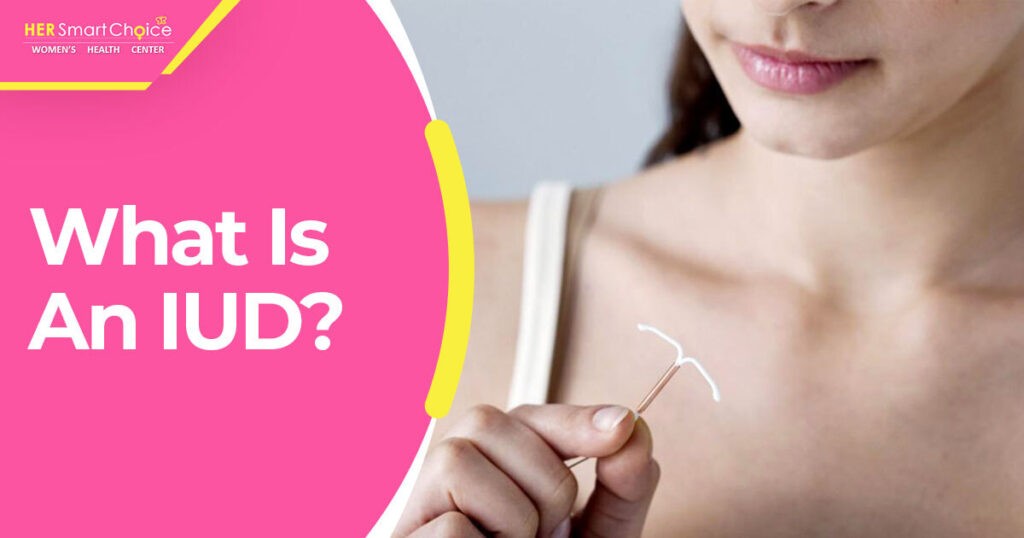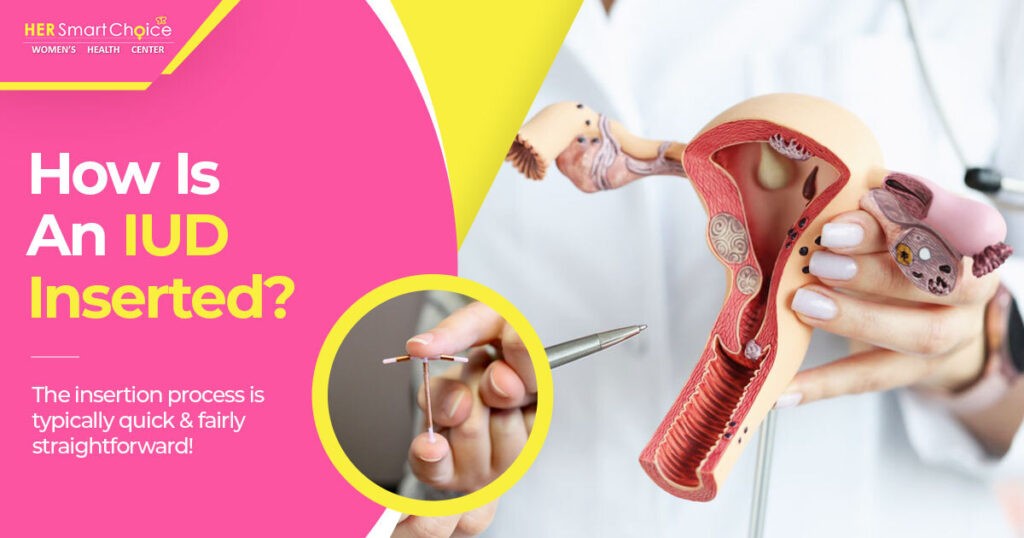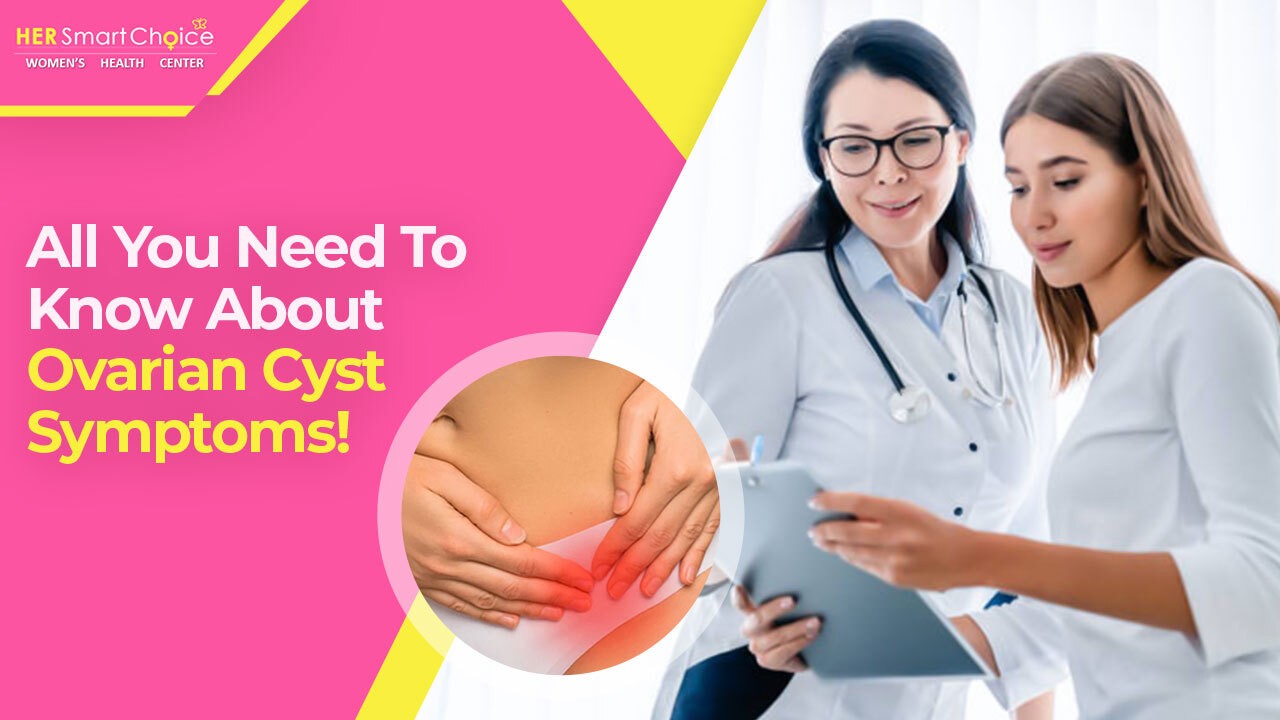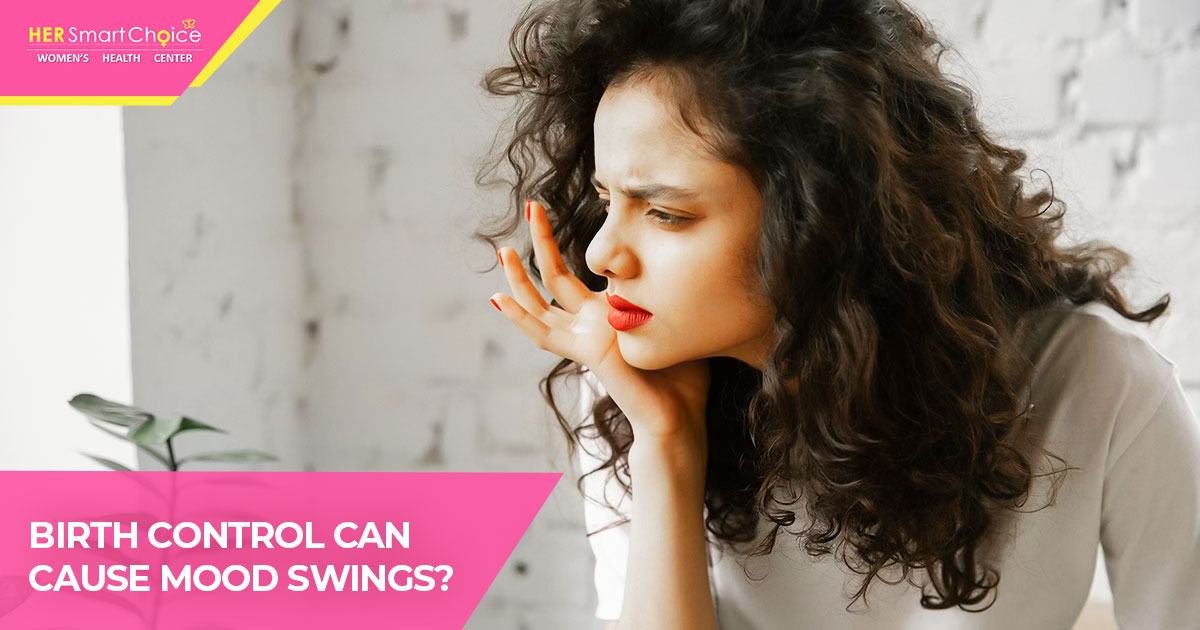Do abortion and Contraception have a complex relationship?
Abortion and contraception are two distinct parts of the same coin. The motive of both concepts is somewhere similar, that is not to become pregnant. But still, both concepts have certain specifications and differences that make them slightly different from each other. Let’s dive into the blog to learn more about contraception and abortion.
Undoubtedly women’s rights consist of contraception access, family planning, and reproductive care. The Family Planning Center in California also supports women’s right to abortion and contraception. Also, it is essential for people to recognize the importance of family planning.
What do you mean by Contraceptives?
In Contraceptives, women and young girls are allowed to choose whether they want to be pregnant or not, spacing of their children, and a stress-free life without any risk of sudden pregnancies. Not only this, but contraception helps women in strengthening socioeconomic prospectus and expands academic possibilities for young girls.
How do contraceptives help Women?
An unplanned pregnancy is not the only danger to a woman’s health but it also enhances the risk of Sexually Transmitted Infections (STIs), HIV, and AIDS.
As per the research, Every single day in the world, over a million cases of STIs are developed. STIs include the risks like infertility, cervical cancer, premature births, and poor pregnancy. Here Contraceptives work well for women and girls of young age to prevent all these risks.
How to access Contraceptives in Women Health Clinic
Nowadays, a large number of women are preferring contraception because of its significant results. Further, access to contraception is quite challenging for women. Especially for immigrants, women with disabilities, and low-income segments, women face multiple forms of discrimination in almost all walks of life, whether it is in the workplace or in their personal life.
However, the use of Contraception varies from nation to nation, but women in underdeveloped or developing nations face great difficulty in fulfilling their contraception needs. However, women’s health clinics help you in getting awareness of how to access Contraceptives and protect yourself from unwanted threats of pregnancy.
Define Abortion & safe access to it
Abortion, on the other hand, includes the medical procedure to end a pregnancy by expulsion of a fetus. It can be done in two ways through an abortion medicine or surgery in a safe abortion clinic. However, surgery is considered safer as it causes less pain whereas the abortion medicine procedure goes a little long.
It is essential to have access to a safe abortion, otherwise, it can cause severe harm to pregnant women. According to some previous reports, unsafe abortion not only violates women’s rights but is also responsible for 13% of all maternal deaths in the world. Also, there are thousands of survivors who face long-term issues related to infertility and serious pain.
Women’s Health – Right to Abortion & Contraception
Motherhood becomes a choice for women nowadays. As time flees, it becomes more popular among women and the usage of contraception has continued to increase. Also, it puts a significant impact on women’s health. Contraception and safe abortion methods are related to physical, mental, and social well-being and save the lives of many women in the world from unintended pregnancy danger. Besides, these methods also increase child and infant survival rates.
The Right to Abortion and Contraception
- Save Life – Unsafe abortions take the lives of thousands of women each year. The measurement of Contraception depicts that it saves lives because one-fourth of pregnancies end in abortion worldwide.
- Promotes Healthy Living – Rights to contraception and abortion help the women and girls who are not asked whether they want children or not. Even if they are unable to pursue a career or obtain the right education to support their large families.
- Support Women’s Health Care – The choice of the above-mentioned methods transforms healthcare as they provide the ability for females to make choices. This support not only gives them physical strength but also empowers them with social and economic development. It allows people to access their rights while easing the strain of healthcare institutions.
Complex Relationship: Contraception and Abortion
Both terms are alternative means of preventing unplanned pregnancies and childbirths. So, it’s clear from the meaning of contraception that the populations who access it have a low frequency of abortion, whereas, the nations where the contraception is low have a high rate of abortion. Besides, reality is more complex and interesting.
Well, not all abortions are unplanned or unwelcomed pregnancies, the termination of pregnancies also follows the fetal abnormalities and risk to the mother’s life.
Summary: Contraception & Abortion are alternatives
To avoid unwanted childbearing, contraception, and abortion are considered the best but alternative ways. From the above-given information, you must realize one thing: the rise in one will lead to fall in the other.
But this connection is not as simple as it looks because of the influence of other factors. These also include how long you have a sexually active reproductive life; the number of children you desire or want. Yet, the research shows that countries with high usage of contraception will have low abortion rates and vice versa. For more details, reach out to a leading women’s health clinic, Her Smart Choice.

